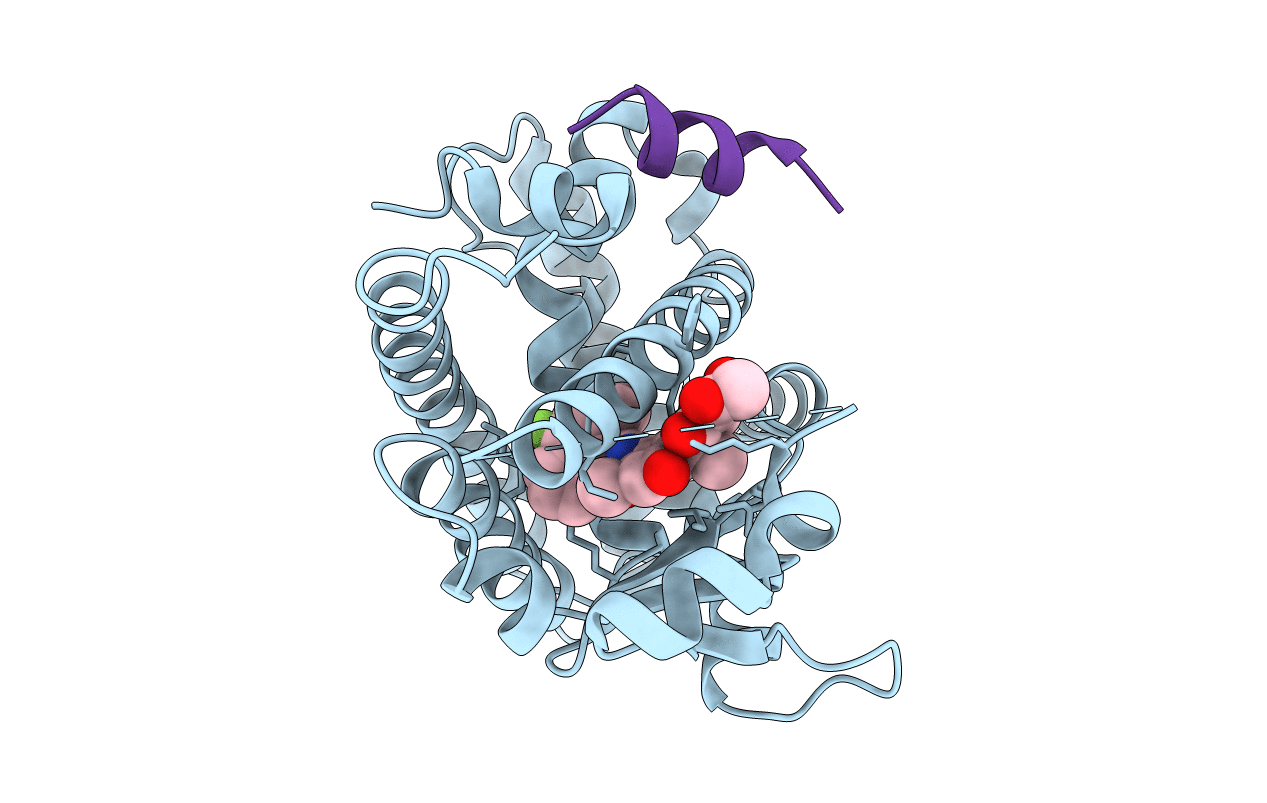
Deposition Date
2012-05-19
Release Date
2012-08-08
Last Version Date
2023-11-08
Entry Detail
PDB ID:
4F9M
Keywords:
Title:
Crystal structure of the PPARgamma-LBD complexed with a cercosporamide derivative modulator
Biological Source:
Source Organism:
Homo sapiens (Taxon ID: 9606)
Host Organism:
Method Details:
Experimental Method:
Resolution:
1.90 Å
R-Value Free:
0.25
R-Value Work:
0.22
Space Group:
P 1 21 1


